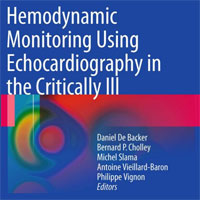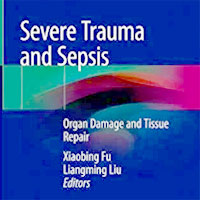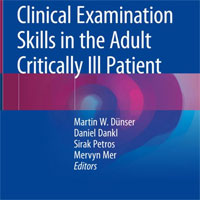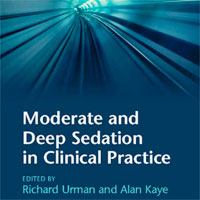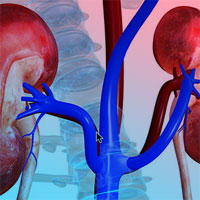
Diagnostic work-up and specific causes of acute kidney injury
Acute kidney injury (AKI) is common in critically ill patients and associated with grim short- and long-term outcome. Although in the vast majority of cases AKI is multifactorial, with sepsis, shock and nephrotoxicity accounting... read more
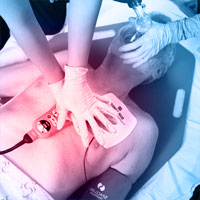
Improving CPR Performance
Cardiac arrest continues to represent a public health burden with most patients having dismal outcomes. Cardiopulmonary resuscitation (CPR) is a complex set of interventions requiring leadership, coordination, and best practices.... read more

The vaccine study you will never see
I’ve seen a lot of social media posts or comment threads that say we don’t have any studies to prove that the CDC's vaccine schedule is safe or effective. I think they mean that we haven’t done the best study. As... read more

Buprenorphine for the Treatment of the Neonatal Abstinence Syndrome
Current pharmacologic treatment of the neonatal abstinence syndrome with morphine is associated with a lengthy duration of therapy and hospitalization. Buprenorphine may be more effective than morphine for this indication.... read more

Nurses make me a better doctor
I firmly believe that the relationship between a nurse and physician should be one of collaboration without hierarchy. It takes a very special person to become a nurse. Without them, physicians cannot function. I thank all... read more

Enhanced Recovery After Surgery Program Implementation
In this pre-post difference-in-differences study of 15 849 surgical patients at 20 medical centers in Northern California, implementation of a multifaceted enhanced recovery program was associated with a one-third reduction... read more
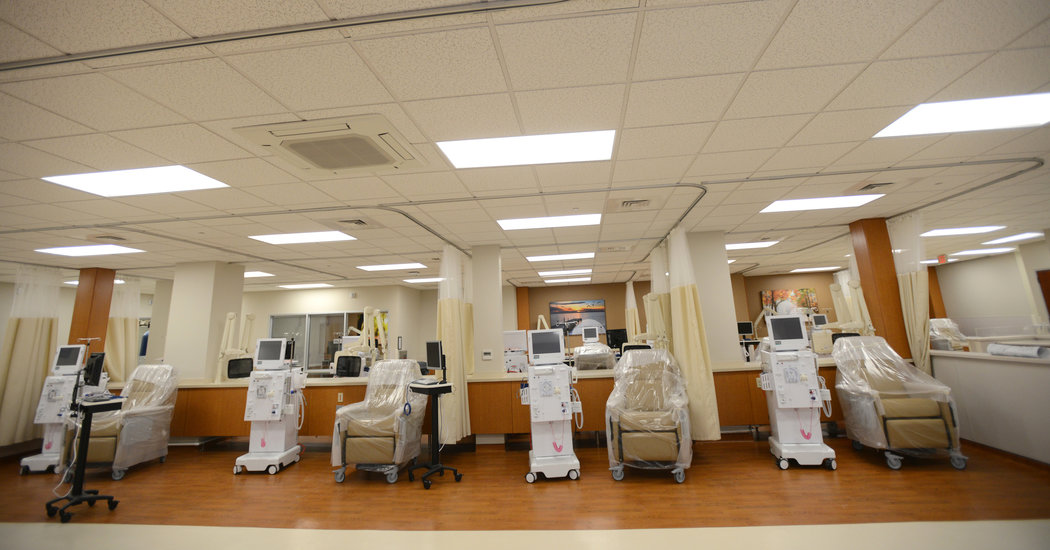
We're Bad at Death. Can We Talk?
Despite growing recognition that more care isn't necessarily better care, particularly at the end of life, many Americans still receive an enormous dose of medicine in their final days. On average, patients make 29 visits... read more
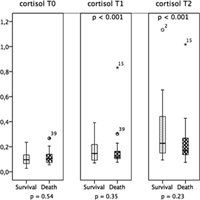
The Impact of Neonatal Simulations on Trainees Stress and Performance
Neonatal simulations cause significant anticipatory and participatory stress. Despite this, trainees' performance score in simulation was over 80%. Simulated death did not impact performance, magnitude of rise in salivary... read more
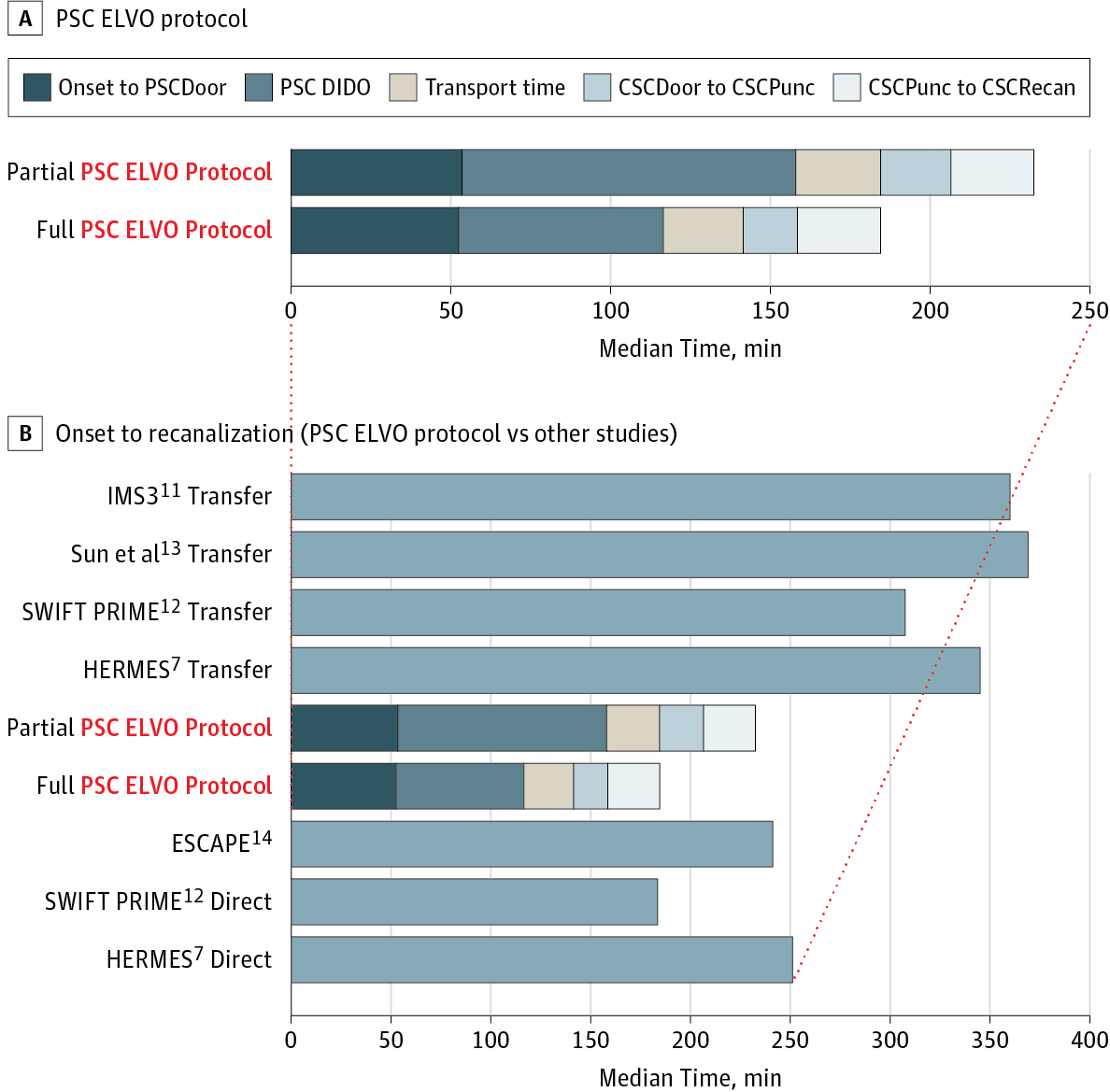
Primary Stroke Center Protocol for Suspected Stroke by Large-Vessel Occlusion
In this cohort study, when the PSC protocol was fully executed, the rate of good outcomes was doubled and the time from arrival at the PSC to reperfusion at the CSC was almost 1 hour less than that with only a partial execution... read more
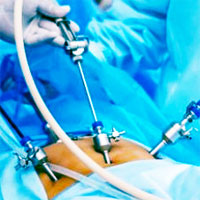
Obese Have Less Respiratory Insufficiency Than Nonobese During Endoscopy
Obese patients showed less respiratory insufficiency (RI) than their nonobese counterparts during endoscopic surgery, according to a new study. The result was counterintuitive. Because of their higher rates of obstructive... read more

New Telestroke Guidelines by American Telemedicine Association
These new telestroke guidelines were developed to assist practitioners in providing assessment, diagnosis, management, and/or remote consultative support to patients exhibiting symptoms and signs consistent with an acute... read more

Infection Prevention and Healthcare Associated Infections
It is difficult to overstate the importance of healthcare associated infections (HAI). Approximately 4% of patients who enter hospitals in the United States develop an infection related to their hospital care. Although... read more
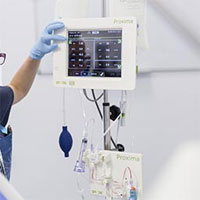
Reduction In Blood Gas Time To Result In ICU
A recent time and motion study by University Hospital Southampton NHS Foundation Trust has demonstrated a 1.5 minute (>20%) reduction in time to blood gas results when using the Proxima bedside blood gas monitoring system... read more

PTSD, Psychotropic Medication Use, and the Risk of Dementia Among US Veterans
Objective: To determine the associations between PTSD, psychotropic medication use, and the risk for dementia. PTSD diagnosis significantly increased the risk for dementia diagnosis (HR = 1.35; [95% CI = 1.27–1.43]). However,... read more

A Breakthrough Oxygen Therapy May Be Able to Reverse Brain Damage
New research shows that low oxygen therapy is able to eliminate brain lesions developed from mitochondrial dysfunction in mice. Eventually, hypoxia therapy could be used to treat people with similar disorders and maybe even... read more
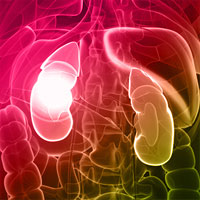
Blood pressure deficits in acute kidney injury: not all about the mean arterial pressure?
Acute kidney injury (AKI) is associated with increased morbidity and mortality. Although there are many causes of AKI, it is known that patients undergoing high-risk surgery are known to be at significant risk. Although much... read more
Why digital disruption is only starting in healthcare
Disruption often is viewed as a positive noun in the business world. Particularly in healthcare, such disruption can result in increased understanding and enhanced outcomes, among other benefits. Healthcare has clearly... read more


